How to Pack Pictures for Moving: Protecting Your Valuables During Transit
Moving your treasured artwork and family photos safely requires special care and attention to prevent damage during transport. Pictures represent some of our most valuable possessions - not necessarily in monetary terms, but in sentimental value that can never be replaced. Whether you're working with
reliable movers in York, PA, or handling the move yourself, understanding proper packing techniques for artwork and photographs is essential to protect these irreplaceable items. This guide walks you through each step of the process, from selecting materials to final packing, helping you move your pictures with confidence and peace of mind.
Choosing the Right Packing Materials
When preparing for a move, selecting the appropriate packing materials is important for providing the safety of your belongings during transportation. For pictures, opt for sturdy moving boxes in various sizes to accommodate different frame dimensions. Bubble wrap is ideal for protecting frames while packing paper can prevent scratches between frames stacked together. Use cardboard corner protectors to shield the vulnerable edges of your frames. For added protection, consider using foam sheets or padding to create a cushioned layer within the box. Seal the boxes securely with packing tape to prevent any shifting during transit. By carefully selecting the right packing materials, you can protect your pictures from potential damage and ensure they arrive at your new destination unharmed.
Properly Preparing Your Pictures
To provide the safe transport of your pictures during a move, it is important to prepare them for packaging properly. Here are three important steps to make sure your pictures remain undamaged:
- Gather Supplies: Collect acid-free tissue paper, bubble wrap, corner protectors, cardboard sheets, and packing tape.
- Clean and Secure Pictures: Wipe pictures with a soft cloth to remove dust and dirt. For framed pictures, place corner protectors to prevent damage.
- Wrap and Label: Wrap each picture individually in acid-free tissue paper and then in bubble wrap. Secure the package with tape and label it with its contents and the direction it should be placed.
Following these steps carefully will help protect your pictures during the moving process.
Packing Techniques for Different Types of Frames
When packing pictures with different types of frames for a move, it is important to use specific techniques to provide their safety and protection during transportation. For wooden frames, wrap them individually in bubble wrap and secure the corners with tape to prevent scratches. Glass frames require extra care; place a large 'X' of masking tape over the glass to prevent shattering during transit. Metal frames should be covered in a layer of foam or bubble wrap to prevent scratching and dents. For canvas prints, use cardboard corner protectors and wrap them in a protective layer to prevent damage. By following these tailored packing techniques, your pictures with various frame types will stay secure and intact throughout the moving process.
Securing Pictures in Moving Boxes
We carefully position pictures inside moving boxes to make sure they remain safe and secure during transportation.
- Padding: We start by placing a layer of bubble wrap or packing paper at the bottom of the box to provide cushioning.
- Vertical Placement: Pictures are then placed vertically in the box to minimize the risk of bending or warping during the move.
- Interleaving: To prevent scratches, we interleave each picture with foam sheets or additional packing paper.
Labeling and Organizing for Easy Unpacking
Properly labeling and organizing your boxes is important for streamlining the unpacking process after your move. When labeling, be specific by including the contents, room destination, and any handling instructions such as 'fragile' or 'this side up.' Use color-coded labels or markers for quick visual identification. Create a master list detailing the contents of each box and its corresponding label to keep track of everything. Organize boxes by room to help with unloading and unpacking, placing them in a designated area for each room. Consider numbering the boxes for easy reference during the unpacking process. Prioritize unpacking boxes containing important items first. By labeling and organizing carefully, you'll provide a smoother and more efficient unpacking experience.
Related Topics:


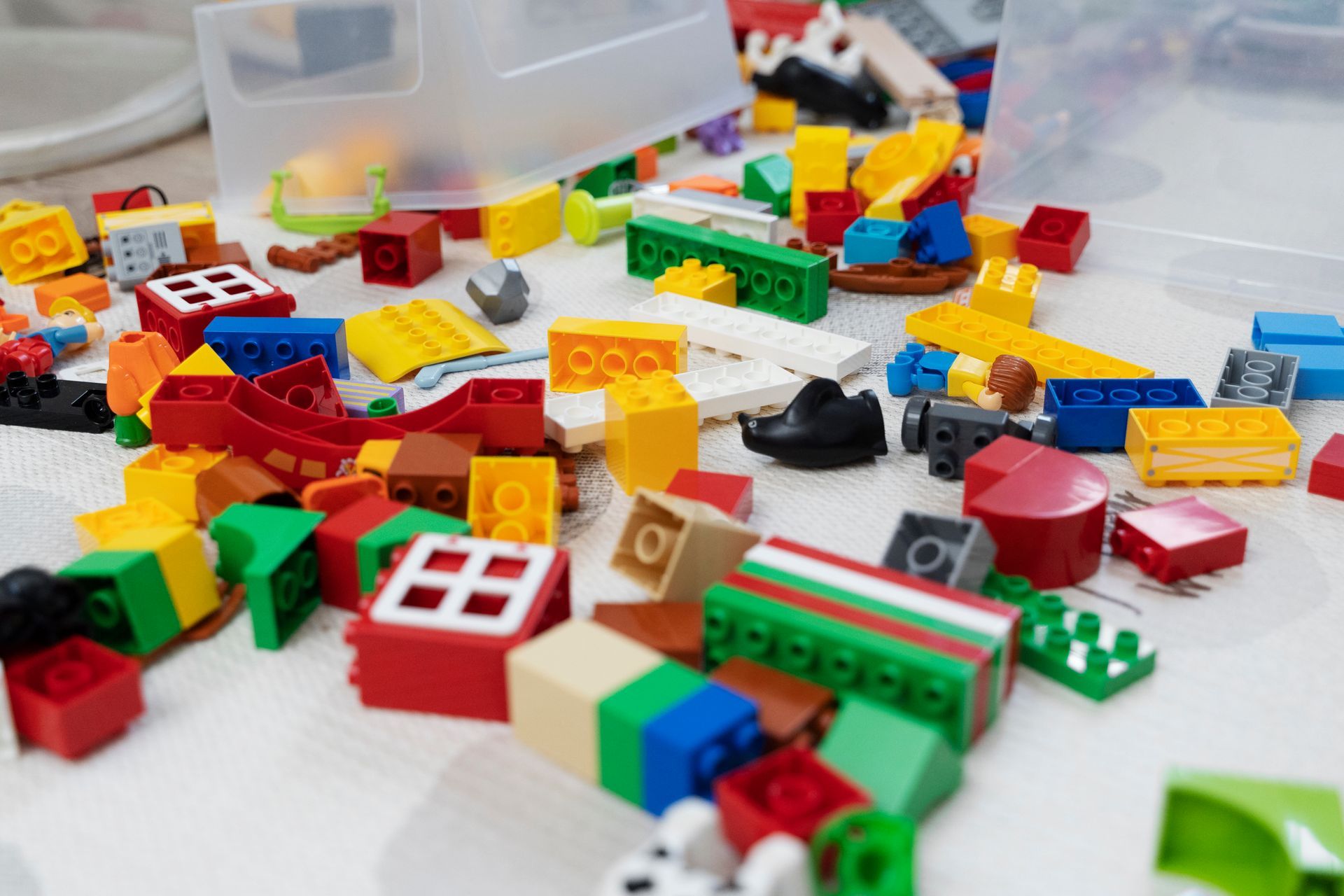
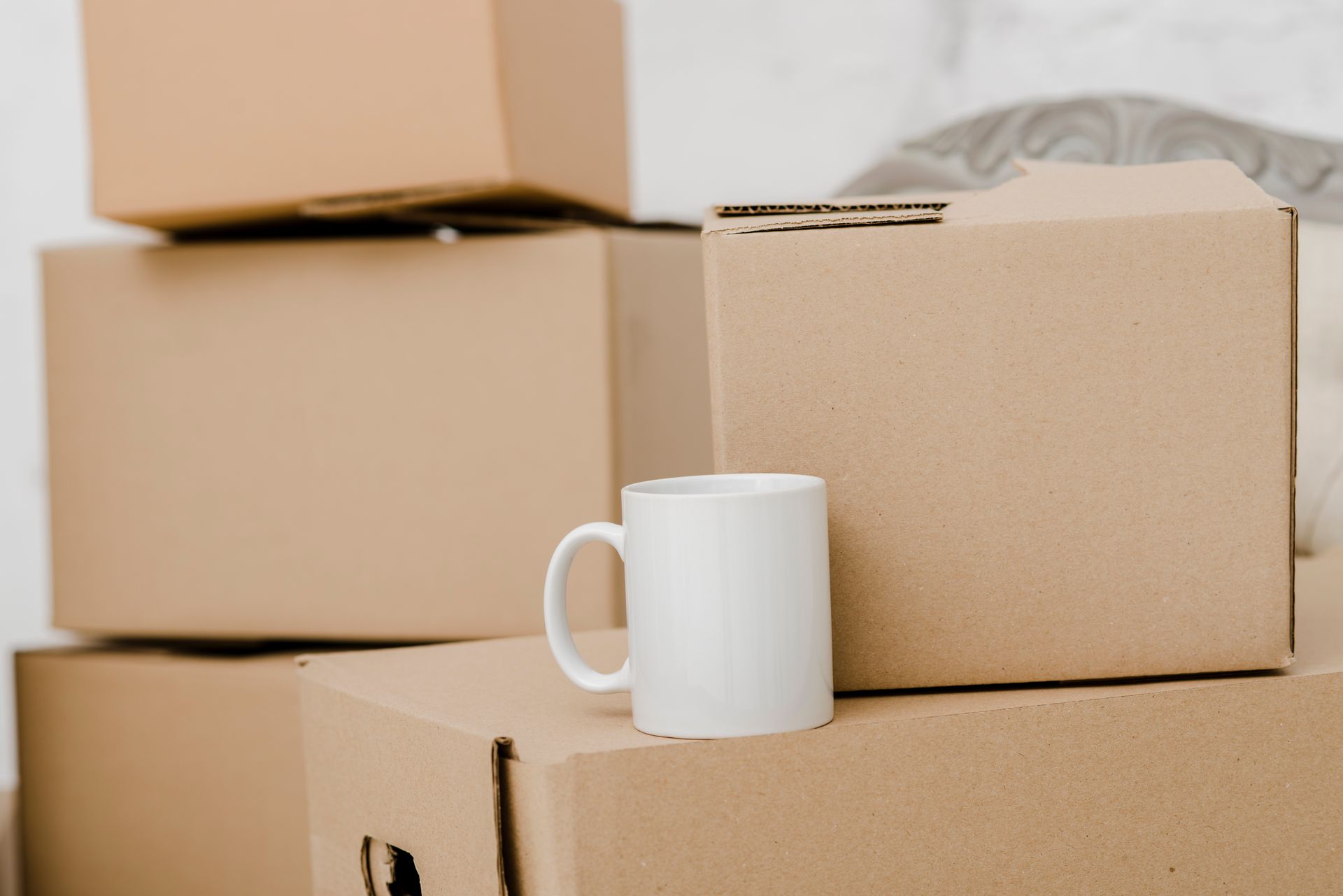
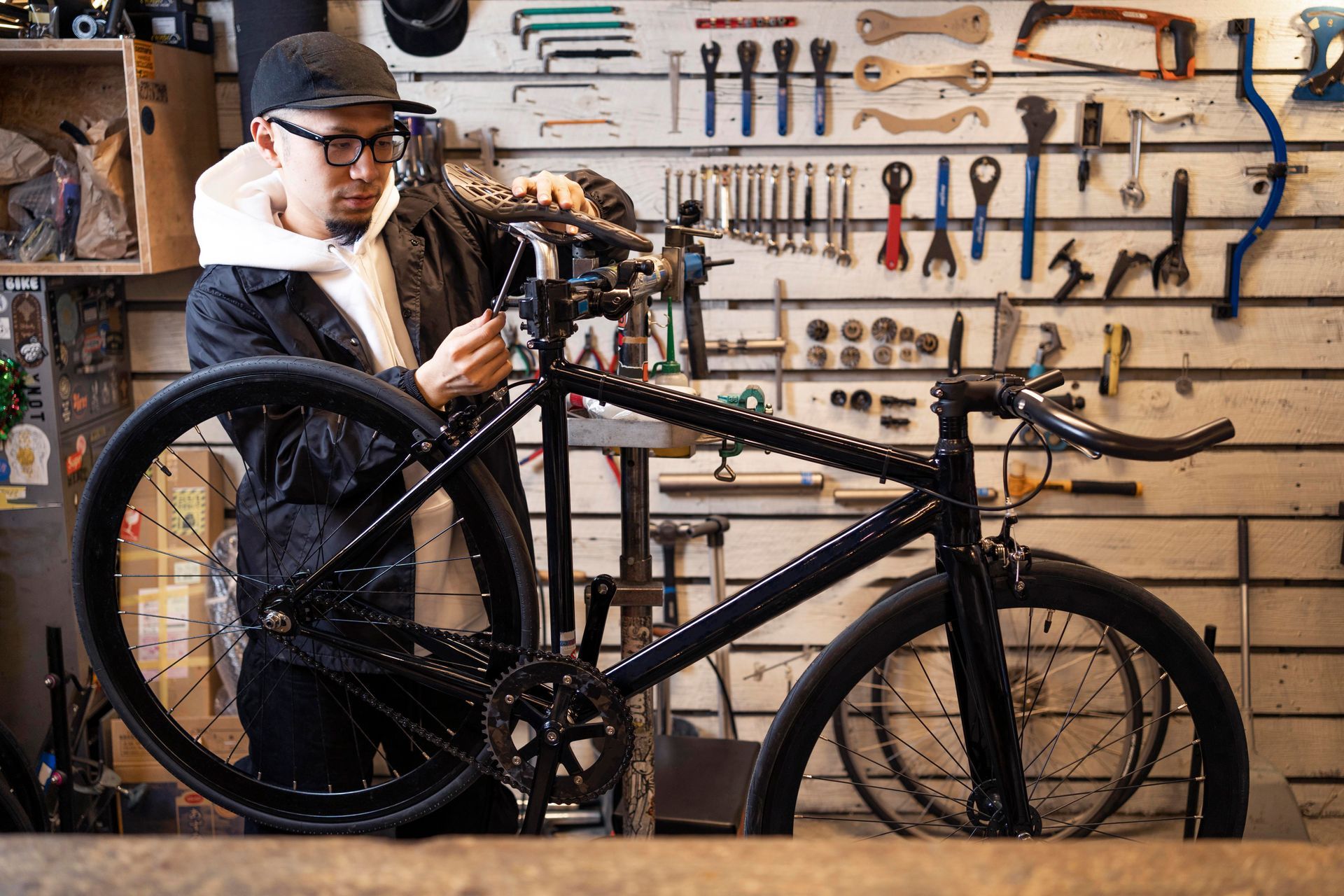

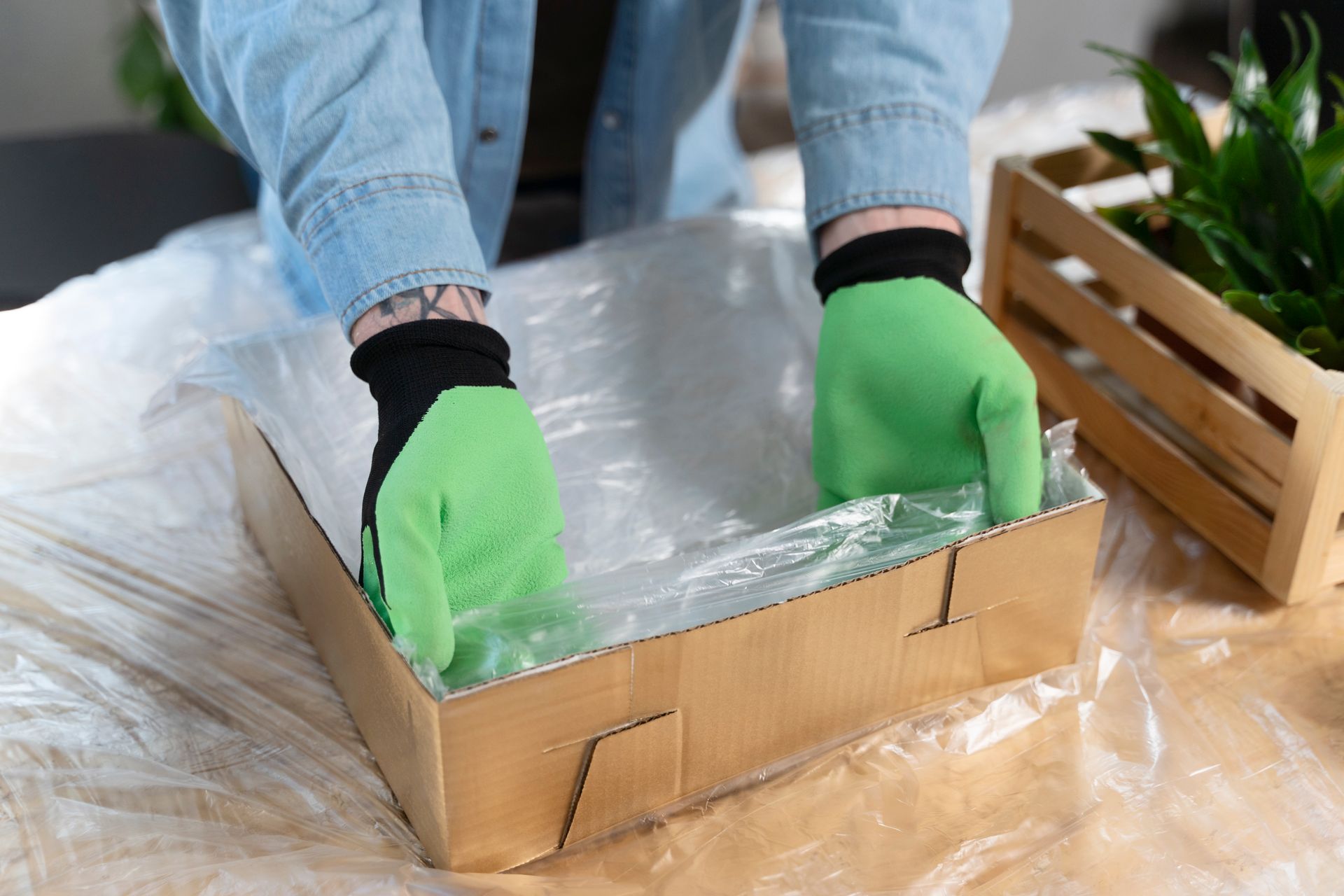
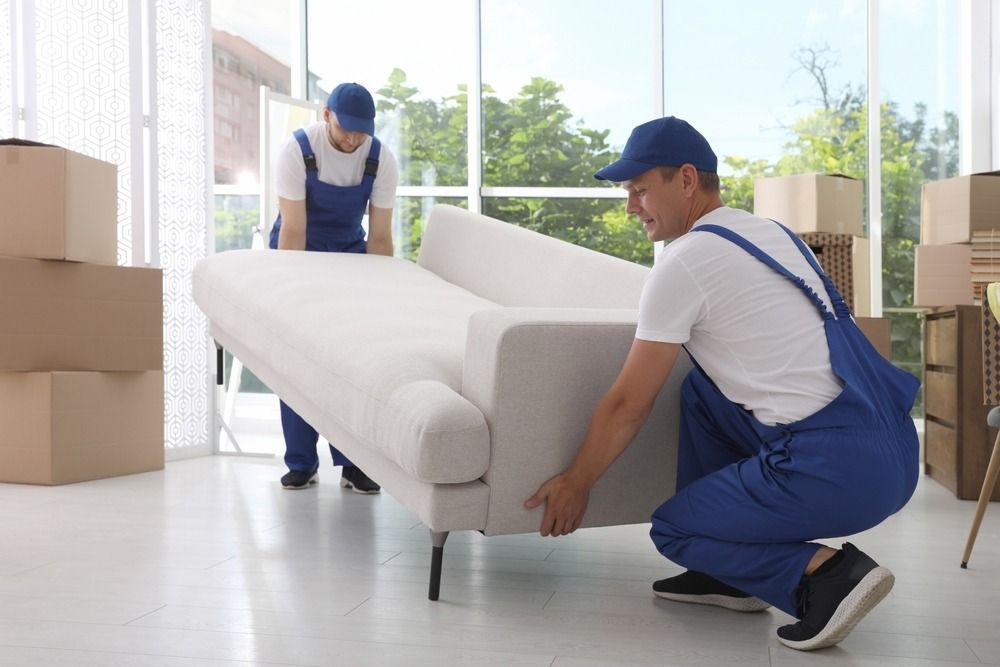
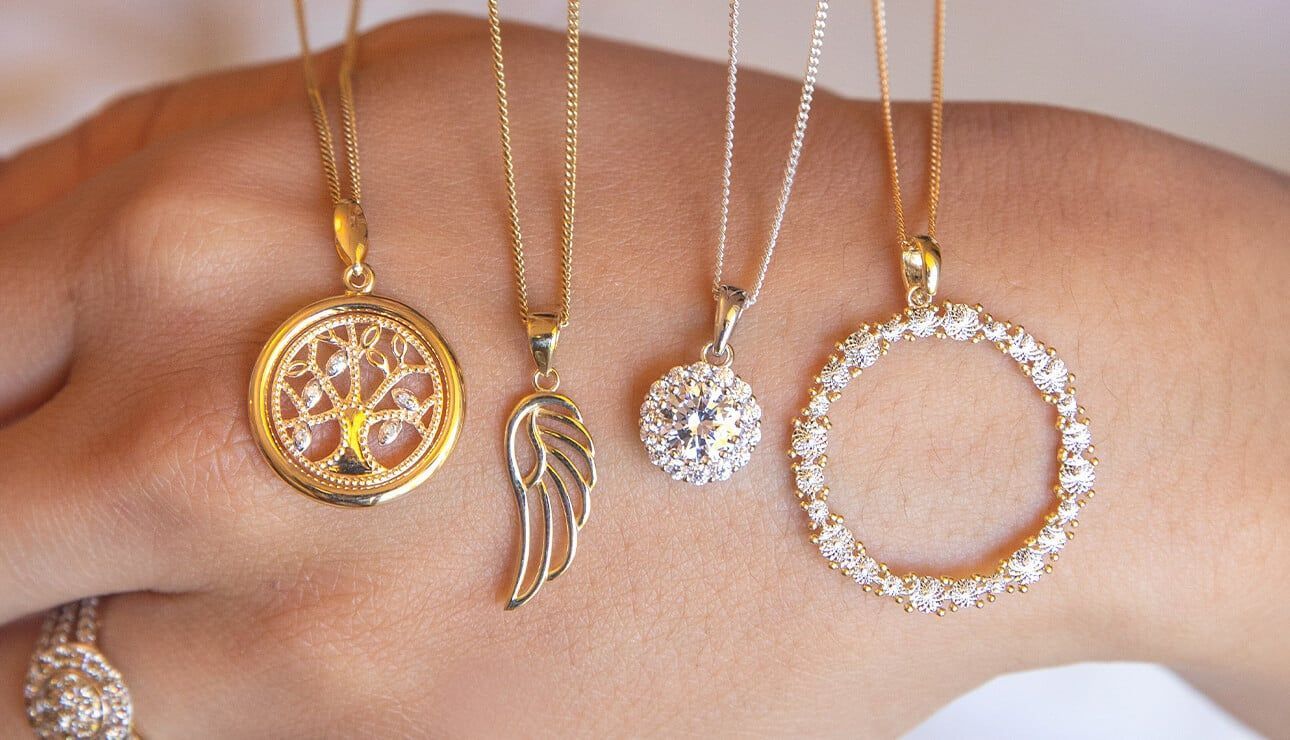
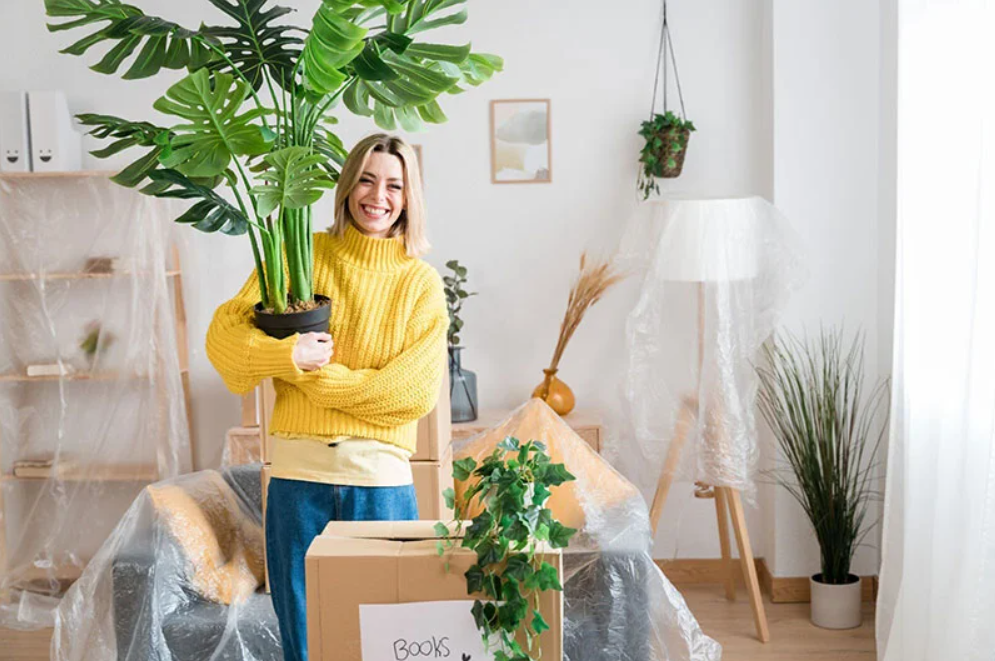


Share On: